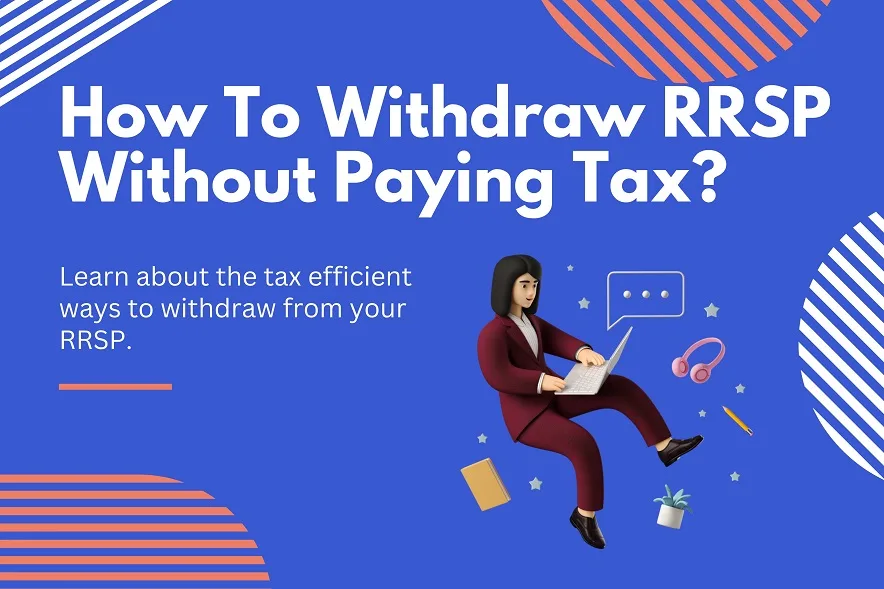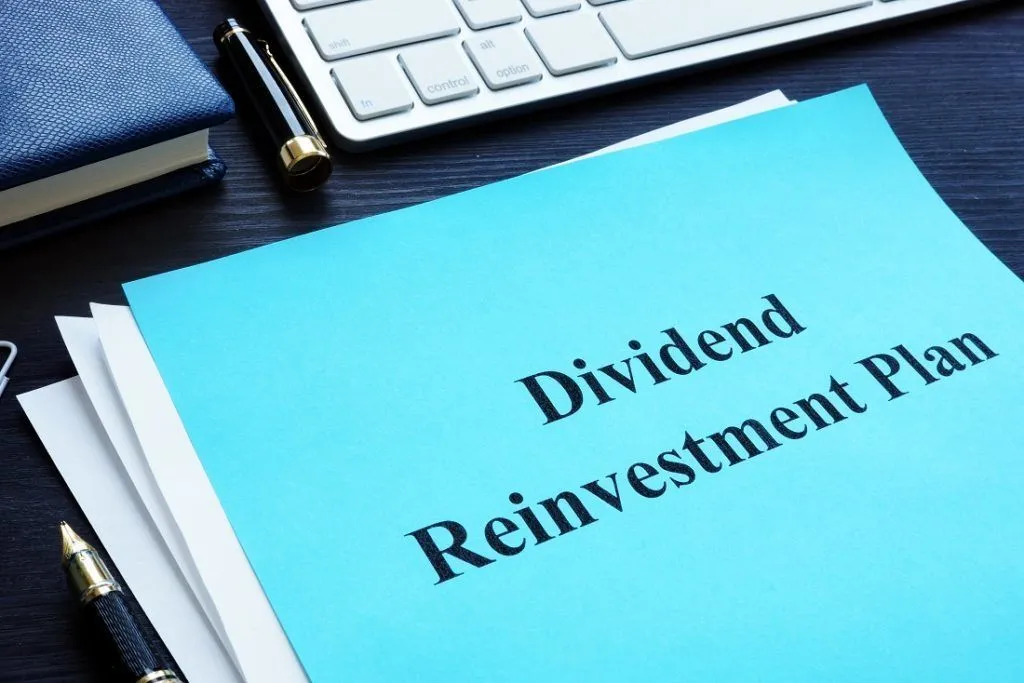Worried about Tax implication for RRSP Withdrawals: When it comes to saving for retirement, Canadians have a powerful tool at their disposal: the Registered Retirement Savings Plan (RRSP). Designed to encourage long-term savings, RRSPs offer significant tax benefits, making them a cornerstone of retirement planning. However, there are circumstances where making early RRSP withdrawals can be beneficial, potentially saving you thousands of dollars. In this guide, we’ll explore when and how early RRSP withdrawals can work to your advantage, while providing tips to minimize tax penalties and optimize your financial strategy.
Contents
Understanding RRSP Basics
Before diving into early withdrawals, it’s essential to understand the fundamentals of RRSPs. Contributions to an RRSP are tax-deductible, meaning they reduce your taxable income for the year. Additionally, the investments within an RRSP grow tax-free until they are withdrawn, typically at retirement when you may be in a lower tax bracket.
However, any withdrawals made before retirement are subject to withholding tax and must be reported as income. This can lead to significant tax implications if not managed correctly. To navigate this effectively, it’s crucial to consider your current and future financial situation.
For more detailed information about RRSPs, you can visit the official Canada Revenue Agency (CRA) website.
When Early RRSP Withdrawals Make Sense
While the general advice is to keep your RRSP funds intact until retirement, certain scenarios might warrant an early withdrawal. Here are some situations where it could be beneficial:
1. Low-Income Year
If you anticipate a year with significantly lower income—such as during a sabbatical, job transition, or after retirement but before pension payments kick in—an early RRSP withdrawal might be strategically advantageous. In a low-income year, your marginal tax rate is lower, which reduces the tax impact of the withdrawal.
2. First-Time Home Purchase
The Home Buyers’ Plan (HBP) allows first-time homebuyers to withdraw up to $35,000 from their RRSPs without immediate tax penalties, provided the funds are repaid within 15 years. This can be a practical way to access funds for a down payment on your first home, easing the financial burden of homeownership.
3. Education and Training
Under the Lifelong Learning Plan (LLP), you can withdraw up to $10,000 per year from your RRSPs (to a maximum of $20,000) to finance full-time training or education for yourself or your spouse. Like the HBP, these funds must be repaid within a specified period (typically 10 years) to avoid taxes and penalties.
4. Debt Repayment
If you’re facing high-interest debt, such as credit card balances or personal loans, using your RRSP funds to pay off these debts can be a financially sound decision. The interest savings could outweigh the tax penalties of an early withdrawal, particularly if your RRSP investments are earning less than the interest rates on your debt.
5. Emergency Expenses
Unforeseen emergencies, such as medical expenses or urgent home repairs, may necessitate an early RRSP withdrawal. While this should be a last resort due to the tax implications, accessing these funds can provide crucial financial relief during times of need.
Minimizing Tax Penalties
To make the most of early RRSP withdrawals and save thousands, it’s essential to understand and mitigate the tax consequences. Here are some strategies to help minimize tax penalties:
1. Withdraw in a Low-Income Year
As mentioned earlier, withdrawing funds during a low-income year can reduce the amount of tax you owe. Plan your withdrawals around years when your income is lower, such as during a career break or transition.
2. Spread Withdrawals Over Multiple Years
Rather than making a large withdrawal in a single year, consider spreading the withdrawals over several years. This can help keep you in a lower tax bracket each year, minimizing the overall tax impact.
3. Utilize Tax Credits and Deductions
Take advantage of available tax credits and deductions to offset the income from your RRSP withdrawals. For example, medical expenses, charitable donations, and tuition fees can reduce your taxable income.
4. Repay HBP and LLP on Time
If you withdraw funds under the Home Buyers’ Plan or Lifelong Learning Plan, ensure you repay them within the stipulated time frames to avoid them being counted as taxable income. This will help you avoid unexpected tax bills.
5. Consult a Financial Advisor
A financial advisor can provide personalized advice based on your unique financial situation. They can help you navigate the complexities of early RRSP withdrawals and develop a strategy that minimizes tax penalties while maximizing your financial benefits.
Case Study: Saving Thousands with Strategic Withdrawals
To illustrate the potential benefits of early RRSP withdrawals, let’s consider the case of Sarah, a 40-year-old professional facing a low-income year due to a career break.
Scenario
- Current RRSP Balance: $100,000
- Annual Income During Career Break: $20,000
- Marginal Tax Rate During Career Break: 20%
- Marginal Tax Rate in Full Employment: 40%
Strategic Withdrawal Plan
Sarah decides to withdraw $20,000 from her RRSP during her low-income year. Here’s how the numbers break down:
- Withholding Tax on $20,000 Withdrawal: $2,000 (10%)
- Net Withdrawal Amount: $18,000
- Additional Tax Due (at 20% marginal tax rate): $2,000
- Total Tax Paid on Withdrawal: $4,000
If Sarah had waited until she was back in full employment to withdraw the same amount, she would have faced a 40% marginal tax rate, resulting in $8,000 in taxes. By withdrawing during her low-income year, Sarah effectively saves $4,000 in taxes.
Conclusion
Early RRSP withdrawals can be a powerful tool for managing your finances and saving money, provided they are used strategically and with careful planning. By understanding when and how to withdraw from your RRSP, you can navigate the tax implications and optimize your financial strategy.
Always consider your long-term financial goals and consult with a financial advisor to ensure you make informed decisions that align with your overall financial plan. For more detailed information about RRSPs and related withdrawal programs, visit the official Canada Revenue Agency (CRA) website.
By taking a thoughtful approach to early RRSP withdrawals, you can unlock significant savings and use your retirement funds to address immediate financial needs, ultimately enhancing your overall financial well-being.




